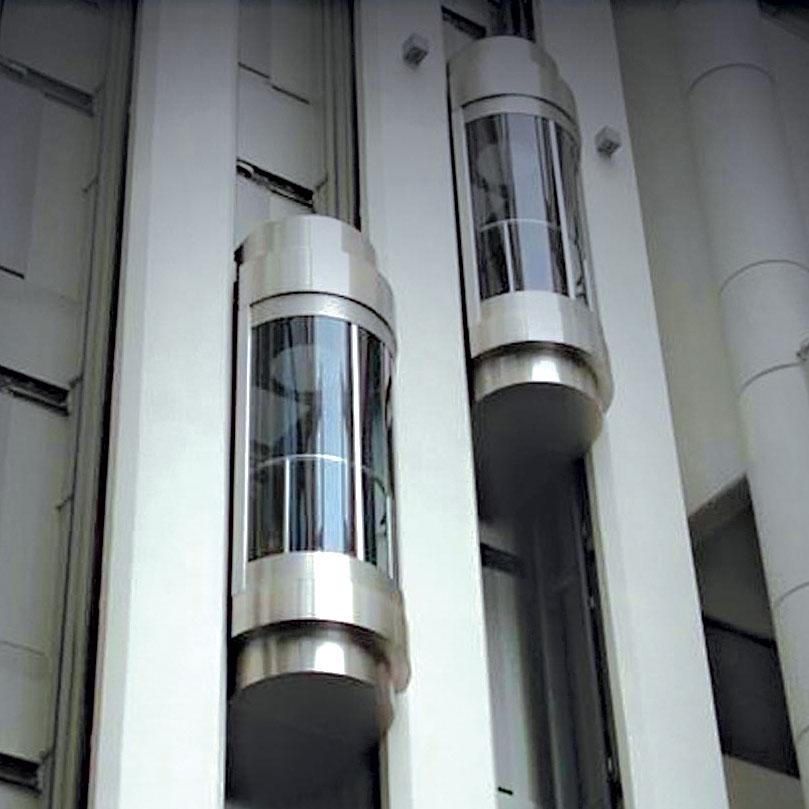We Maintain Lifts with Precision: Ensuring Safety and Efficiency
We Maintain Lifts with Precision: Ensuring Safety and Efficiency
Blog Article
Exploring the World of Lifts: Usual Problems Faced by Numerous Lift Systems
As we browse via the upright transport systems of modern-day buildings, lifts stand out as an essential part of our daily lives. From hydraulic elevators to traction systems and machine-room-less layouts, each lift kind comes with its set of typical concerns.
Hydraulic Lifts
Hydraulic elevators, usually preferred for low-rise structures, utilize fluid pressure to manage the activity of the lift vehicle (lift repair companies). This system entails a hydraulic pump pushing oil right into a cyndrical tube, creating the lift to relocate the desired direction. While hydraulic lifts are recognized for their smooth and silent operation, they do include their own collection of usual concerns
One widespread problem with hydraulic elevators is oil leak. The seals in the hydraulic system can wear with time, leading to oil seepage. If left unaddressed, this not just creates a mess but can also affect the lift's performance. Additionally, issues with the control system, such as defective valves or a malfunctioning pump, can trigger interruptions in the elevator's movement.
Normal upkeep and timely repair services are necessary to make certain the smooth performance of hydraulic elevators. By addressing these usual concerns proactively, building owners can minimize downtime and ensure the safety and security and performance of their vertical transportation system.
Grip Lifts
When thinking about vertical transport systems in structures, another common type apart from hydraulic lifts is the traction elevator. Traction elevators run utilizing a system of ropes and weights that move the lift cars and truck by grasping onto the hoist ropes. This mechanism enables smoother and quicker upright transport contrasted to hydraulic systems.
One of the usual problems encountered by traction elevators is rope wear. The consistent movement of the ropes within the grip system can result in deterioration gradually, possibly creating the elevator to breakdown or come to be dangerous for use. Regular evaluations and upkeep of the ropes are necessary to guarantee the lift's proper functioning and safety.
Another issue that traction lifts might run into is connected to the control system. Issues with the control system can bring about issues such as erratic motion, hold-ups in action times, or perhaps complete shutdowns. Routine screening and upkeep of the control system are crucial to stop such problems and make sure the lift's dependability.
Machine-Room-Less (MRL) Elevators

One of the key elements of MRL elevators is the compact gearless grip device that is installed within the hoistway. This maker effectively drives the lift companies in London lift vehicle without the need for bulky devices located in traditional traction lifts. Furthermore, MRL lifts typically make use of a weight system to balance the cars and truck, further improving their power effectiveness.
Despite their benefits, MRL elevators might face challenges connected to repair and maintenance because of the confined space for devices installment. Ease of access for servicing elements within the shaft can be limited, calling for specialized training for specialists. Proper maintenance routines and normal inspections we maintain lifts are critical to make sure the ongoing smooth operation of MRL lifts.
Overloading and Weight Limitation Issues
Are elevators furnished to take care of excess weight lots effectively and securely? Straining and weight limit problems are vital problems in lift procedures. Lift makers design raises with particular weight abilities to ensure guest safety and security and tools long life. Surpassing these weight limits can bring about various problems, consisting of mechanical failings, delays, and safety and security threats.
When lifts are strained, it puts too much strain on the electric motor, cable televisions, and various other components, possibly creating malfunctions or breakdowns. If they discover excess weight, safety systems such as sensors and overload sensing units are in location to avoid elevators from relocating. Furthermore, surpassing weight limits can result in increased energy consumption and deterioration on the elevator system.
To mitigate overloading concerns, constructing supervisors must plainly show weight limitations in lifts and inform occupants on the importance of sticking to these restrictions - lift repair companies. Normal maintenance checks by certified specialists can additionally help ensure that lifts are running within safe weight specifications. By attending to overloading and weight limit concerns proactively, building proprietors can improve elevator safety and security and effectiveness
Electrical System Failings
Exceeding weight limits in lifts can not only cause mechanical concerns but additionally potentially add to electric system failings within the lift framework. Electric system failings are a vital issue in elevator procedure, as they can cause unexpected closures, malfunctions, or perhaps safety hazards. One usual electrical concern is the getting too hot of components as a result of extreme existing circulation caused by overwhelming the lift past its capacity. This can bring about harm to the electric motor, control, or circuitry systems, causing expensive repairs and downtime.
Normal maintenance and inspections are critical to recognize and address prospective electrical concerns immediately, making certain the risk-free and effective operation of lift systems. By sticking to weight limitations and carrying out regular electric system checks, building proprietors can lift companies in London mitigate the risk of electric failures in elevators.
Final Thought

Hydraulic elevators, frequently favored for low-rise buildings, make use of fluid stress to regulate the motion of the lift auto.When thinking about upright transportation systems in buildings, another common kind apart from hydraulic lifts is the grip lift. Grip elevators run utilizing a system of ropes and weights that relocate the lift car by grasping onto the hoist ropes. Unlike traditional elevators that call for a different machine room to house the devices, MRL lifts integrate most of the elements within the shaft, removing the requirement for a dedicated equipment room.In verdict, lifts encounter common problems such as hydraulic malfunctions, traction system failings, and electric system problems.
Report this page